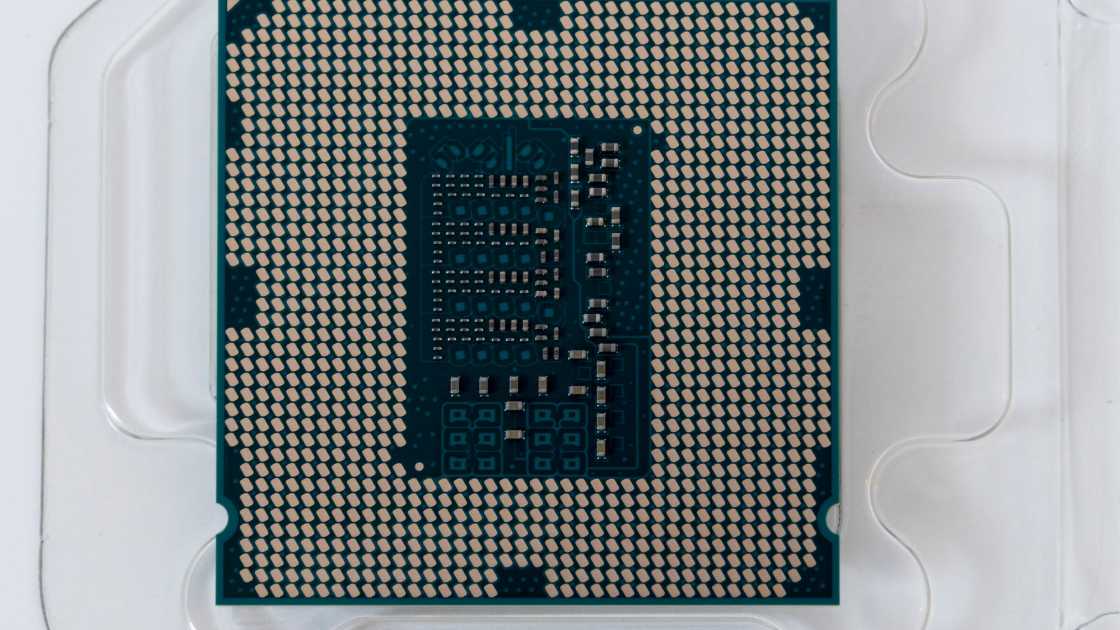Learn How To Turn Off Sound On Smartwatch
Silence in a Glance: A Guide on How to Turn Off Sound on Your Smartwatch
Identify Your Smartwatch Model
Smartwatches come in various makes and models, each with its own operating system and settings. Identify the model of your smartwatch, as the steps for turning off sound may differ based on the brand and operating system.
Access the Settings Menu
Most smartwatches have a dedicated Settings app or menu. Locate and access this menu on your device. This is typically represented by a gear or cogwheel icon.
Navigate to Sound or Audio Settings
Within the Settings menu, look for options related to sound, audio, or notifications. Depending on the smartwatch, this category may have different names. It is where you can control the sound settings.
Adjust Volume Settings
In the Sound or Audio Settings, you’ll likely find options to adjust volume levels or enable/disable sound features. Reduce the volume to zero or toggle off any options related to audible notifications.
Check for “Do Not Disturb” Mode
Some smartwatches offer a “Do Not Disturb” mode that not only silences sounds but also mutes notifications. If available, activate this mode for a completely silent experience.
Customize App Notifications
Certain smartwatches allow you to customize sound settings for individual apps. Check if there’s an option to mute specific applications or adjust their notification sounds.
Use Physical Buttons
Some smartwatches feature physical buttons that control volume. If applicable, locate these buttons and adjust the volume to zero. Additionally, check if there’s a dedicated mute button.
Enable Theater or Silent Mode
Some smartwatches have modes like Theater Mode or Silent Mode, specifically designed to disable sounds and vibrations. Explore these options within the Settings menu.
Consult the User Manual
If you’re having trouble finding the sound settings on your smartwatch, refer to the user manual that came with the device. Manuals often provide step-by-step instructions for various functions, including adjusting sound settings.
Revert Changes When Needed
Keep in mind that if you’ve silenced your smartwatch for a specific situation, don’t forget to revert the changes when necessary to ensure you receive important notifications.
FAQs
Can I turn off the sound on my smartwatch without affecting notifications?
Yes, most smartwatches allow you to adjust sound settings independently from notifications. Navigate to the sound or audio settings on your device, and you can usually control volume levels or mute sounds while still receiving notifications through vibrations.
Are there quick shortcuts to silence my smartwatch?
Yes, many smartwatches have shortcuts for quickly silencing the device. Check for physical buttons or swipe-down menus that may provide instant access to sound settings or modes like “Do Not Disturb” for a swift transition to silent mode.
Can I mute specific apps on my smartwatch to avoid unnecessary sounds?
Yes, certain smartwatches allow you to customize sound settings for individual apps. Explore the settings menu and look for options to mute specific applications or adjust their notification sounds, providing a more personalized and silent experience.
Final Thought
Turning off the sound on your smartwatch is a simple yet valuable skill that enhances the versatility of these devices. By following the steps specific to your smartwatch model, you can effortlessly switch between silent and audible modes, adapting to your environment and personal preferences with ease.










